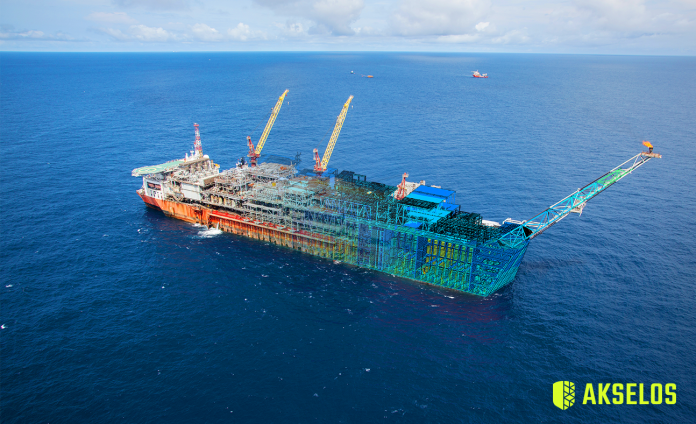To tackle the world’s largest challenges in science, engineering and medicine, pure physics is being integrated with data science to produce something known as predictive data science, which is being used increasingly to make high-consequence decisions. For example, hurricane models can predict storm surges and flooding to inform plans for emergency evacuations; or delivering personalised predictions for prostate cancer patients using modelling.
Predictive data science recognises that we have a tremendous opportunity to harness the explosion of data and combine this with the predictive power of physics-based models which use the governing equations of the laws of nature. This emerging field has the potential to unlock previously inaccessible value to engineers.
It also offers assurance because it brings together traditional methods of design rooted in physics-based models, verification, validation, test, and evaluation, with a more hypothetical artificial intelligence (AI) enabled future.
Going further than A.I. & machine learning
While A.I. and machine learning offer opportunities to virtually all industrial sectors, there are also some inherent limitations. For example, machine learning requires a large database of failures to be able to predict similar ones occurring in the future. That makes it difficult to predict a broad range of failure types and pinpoint root causes for complex systems. For activities such as offshore platform design and operations, a more holistic and physics-based view is required given the safety and cost exposure risks involved in these large-scale projects.
In that context, computer systems need to understand time, space and causality to be effective. Currently, most don’t. Machine learning relies on purely data-driven approaches with no knowledge of underlying physical principles. That means it requires a large amount of data in order to be “trained”, and the amount of data available from large physical systems is often limited. Machine learning models are, therefore, only accurate for those scenarios that are similar to those considered in the training phase, and not in real-time.
In contrast, physics-based simulation is rooted in the principles of physics and brings these principles into every prediction it makes. Today, physics-based simulation technology is part of every field of engineering – because engineers need to simulate the systems they’re designing to ensure they are going to behave correctly under all operating conditions – often very extreme ones.
The value of computational modelling of physical phenomena from first principles is well-established: it enables virtual prototyping during the design phase, reducing time to market, and ensuring designs meet required safety standards.
While physics-based simulation is a powerful tool for predictive analysis, it also has its own drawbacks. For instance, one needs to have detailed knowledge of an asset to set up an accurate physics-based model. AI/ML is more lightweight since it can be trained based on any data feeds that are available and generate value with relatively little upfront work. As a result, we see the combination of physics-based simulation and AI/ML/data science as a new paradigm for predictive engineering.
Limitations with traditional simulation tools
As any simulation expert will tell you, even with modern computational power there are still significant limitations on the type of systems that can be modelled with traditional simulation tools. This is because the amount of computation required in physics-based simulation grows rapidly with the size or detail in a model. Operators of critical assets, i.e. an offshore structure, a power generation system, or an aircraft – require a holistic view of their asset in high fidelity, which is incompatible with traditional approaches, where sub models are created to get to the right level of detail, but where the holistic view is then ‘lost’.
These complex challenges hence need a new computational paradigm that overcomes the limitations of traditional simulation tools. Our approach, therefore, is to combine this new generation of fast physics-based simulation with data from real-world systems with an interpretation layer based on AI/ machine learning to provide our predictive data science solution. We view this as a “best of both worlds” approach that combines the strengths of physics-based analysis and AI/ML, and combines it in a manner that enables the highest-quality insights to be generated during the operation of critical assets.
It has recently been proved that the use of predictive digital twin technology can reduce the steel weight and associated costs of offshore wind jacket foundations by up to 30%.
Making decisions easier
The big decisions across science, engineering & medicine can greatly benefit from predictive data science. Academic organisations are already training students at the interfaces of computer science, mathematics, statistics, high performance computing, and applications across science, engineering and medicine to work across this space.
For high consequence decision making it is already proving its worth in certain sectors, including offshore renewables.
The more we begin to learn from data through the lens of physics-based models, the quicker we’ll reach proper predictive data science to allow high consequence decisions to be made in a more informed and strategic way across multiple sectors.











